How do you see these systems informing educational innovation in your sphere or in education in general?
In regards to education I think that tokenization, gamification, and other rewards will be used more often as technology and integration increase. Being a fairly young and new teacher with less than five years of experience using games, projects and activities is something I am very eager to dive in and have been learning about as I began. I currently teach four Project Lead the Way Biomedical Science courses and this program is really project and problem based. A lot of the training and laboratory activities we have done are very interactive and hands ons. During virtual learning I struggled heavily to recreate what I normally did in person that was very hands on into a virtual setting that was sometimes asynchronous and involved students collaborating together. There are many websites, and online learning platforms such as google docs, google slides and spreadsheets that allow users to type in one document either synchronously or asynchronously which helped with students collaborating. Applications also can be gamified and provide rewards and badges for the users to engage, motivate the keep the users learning. games like Kahoot, quizziz, Gimkit, Gizmos and many more that have different ways learners can review content material and earn tokens, points or badges to encourage learning. Using games as a mode to deliver information creates a more engaging environment and holds students interests while teaching important content information.(5 Ways to Gamify Your Classroom | ISTE, 2021).
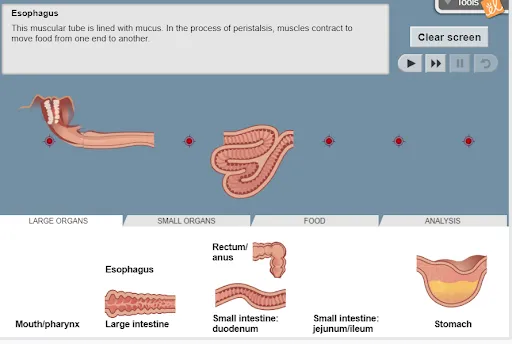
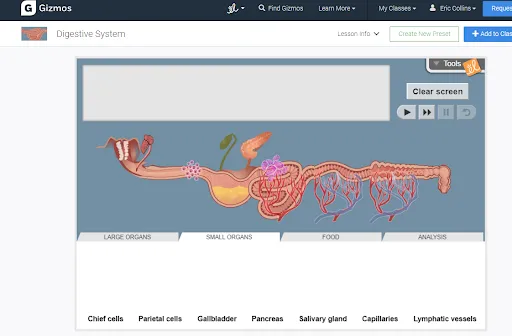
Here in this Gizmos activity students part together parts and pieces of the digestive system. As they move the parts into place they are given a piece of information explaining what that particular organ or gland function(s) are. I like activities like these because the students not only learn about each part but can manipulate, reconfigure and see how each piece is interconnected to another piece. The learners slowly begin to put the pieces of the puzzle together and can begin to see the whole picture and have a deeper understanding of the digestive system and how it works.
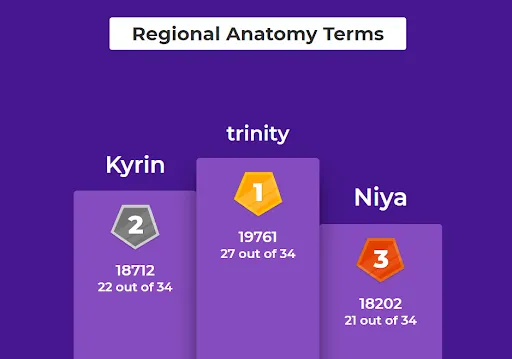
Rewards and badges are also very common in many gamifying sites such as kahoot that uses a podium to the top three performing learners during the quiz. The students began to compete amongst each other to answer first and have the correct answer. Although this keeps them motivated I think it can be sometimes counterproductive if the focus is more on winning because some learners that struggle will not want to participate or feel embarrassed when compared to other users. I try to find more individual based games that do not highlight or point out learners.
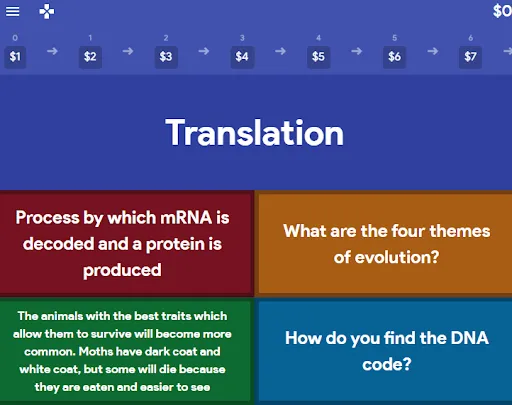
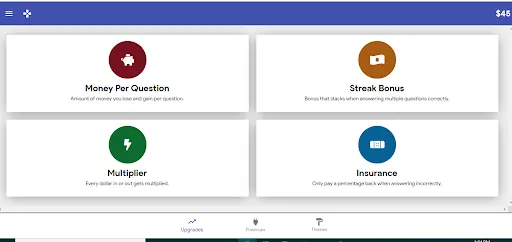
Gimkit is a very good gamification system that rewards learners with gimbucks that can be earned by answering questions correctly and the students can use those bucks to buy upgraded features in the game, power ups and themes for their backgrounds. It keeps them motivated and incentives the game by providing these extra features to motivate students to play. These concepts are very rewarding for students and it helps make the lesson more engaging and increases interactions with students. Awarding digital badges to reward participation and to recognize learning is growing across all educational sectors. As a coming together of games culture and the traditional badge issued by clubs and societies, a digital badge has developed to become an online visual representation of an accomplishment or skill” (Ostashewski & Reid, 2015). This concept in the educational setting can help increase student participation and engagement. I see more gamification and reward systems like these increasing in education and will monetize features more often. Quizlet and Classroom Hero are two sites that offer students access to material for a one time fee and many of these are controversial but this is an example of how some are making education off gamification and reward based education.
5 Ways to Gamify Your Classroom | ISTE. (2021). Iste.org. https://www.iste.org/explore/In-the-classroom/5-ways-to-gamify-your-classroom#:~:text=Gamification%20is%20about%20transforming%20the,student%20understanding%20of%20subject%20matter
Ostashewski, N. & Reid, D. (2015). A History and Frameworks of Digital Badging in Education. In T. Reiners & L. C. Wood (Eds.). Gamification in Education and Business. Springer International Publishing, Switzerland (pp. 187–200).
